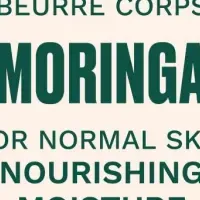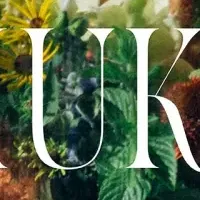
Alcoholic Beverages Market Expected to Reach USD 2.36 Trillion by 2030 with 9.4% CAGR Growth
Alcoholic Beverages Market Growth: A Detailed Analysis
According to a recent report by Verified Market Reports, the global alcoholic beverages market is poised for substantial growth, projected to hit USD 2.36 trillion by 2030. This growth translates to a CAGR of 9.4% from 2024 to 2030, reflecting robust consumer interests and an ever-evolving market landscape. The report lays out the key drivers, restraints, and geographic trends shaping this dynamic industry.
Key Factors Driving Growth
1. Rising Disposable Income: A notable increase in disposable incomes, especially in emerging markets, is pushing consumers towards higher spending on premium and craft alcoholic products. This shift not only indicates a rise in consumer purchasing power but also a change in lifestyle that embraces alcohol consumption as part of social and celebratory occasions.
2. Innovative Product Offerings: The market's appeal is further enhanced by innovative products and packaging. Craft beers, artisanal spirits, and unique wine offerings cater to diverse consumer preferences. Brands are embracing eco-friendly packaging and creative marketing strategies that resonate well with younger demographics, promoting brand loyalty and engagement.
3. E-Commerce Expansion: The transition to e-commerce platforms is revolutionizing the purchase journey for consumers. With online shopping becoming more prevalent, consumers can easily access products and enjoy personalized recommendations. Digital marketing, including social media campaigns and influencer partnerships, has further boosted market visibility and consumer awareness.
Market Challenges
Despite this promising growth, the market encounters several challenges:
1. Government Regulations: Stringent regulations regarding production and sales, particularly taxation and advertising restrictions, pose significant barriers to growth. While these regulations aim to mitigate health risks, they can also limit product affordability and accessibility in various regions.
2. Health Concerns and Consumer Preferences: There is a growing trend of health consciousness among consumers, leading to a shift towards low-alcohol and non-alcoholic options. Health campaigns promoting sober living and responsible consumption can threaten traditional alcohol sales, requiring established brands to adapt.
3. Cultural and Religious Influences: In certain regions, cultural and religious beliefs restrict or limit alcohol consumption, impacting market opportunities. International brands must navigate these complexities while seeking to penetrate into such sensitive markets.
Geographic Insights
The report indicates several key regions leading in market consumption:
- - North America and Europe: These regions remain at the forefront, driven by a strong demand for premium spirits and craft options, supported by extensive distribution networks.
- - Asia-Pacific: Emerging markets in Asia, particularly China and India, showcase a potential surge in alcoholic beverage acceptance due to rising urbanization and disposable income.
- - Africa: The youthful population and increasing beer consumption are expected to drive growth, despite economic and regulatory challenges.
Industry Key Players
Leading companies in the alcoholic beverages sector include Anheuser-Busch InBev, Bacardi Limited, Diageo Plc, and Heineken Holding NV, among others. Their robust market strategies and product innovations are pivotal in shaping the industry's future.
Conclusion
The prospects for the alcoholic beverages market look promising, with a projected market value of USD 2.36 trillion by 2030. As consumer preferences continue to evolve, industry players must adapt their strategies to navigate regulatory landscapes and changing consumer habits. The insights from this report are vital for stakeholders aiming to thrive in an increasingly competitive environment.
Topics Consumer Products & Retail)










【About Using Articles】
You can freely use the title and article content by linking to the page where the article is posted.
※ Images cannot be used.
【About Links】
Links are free to use.